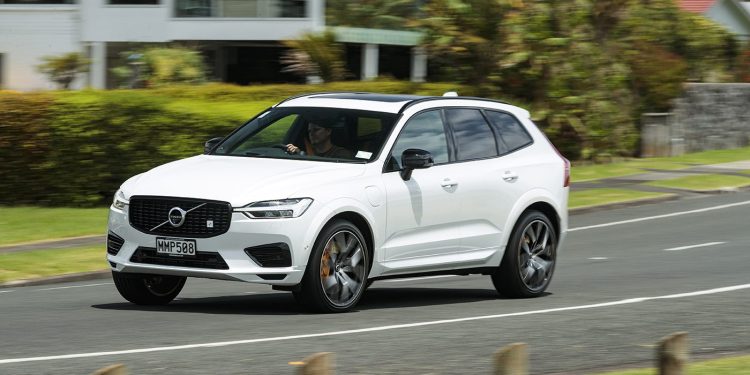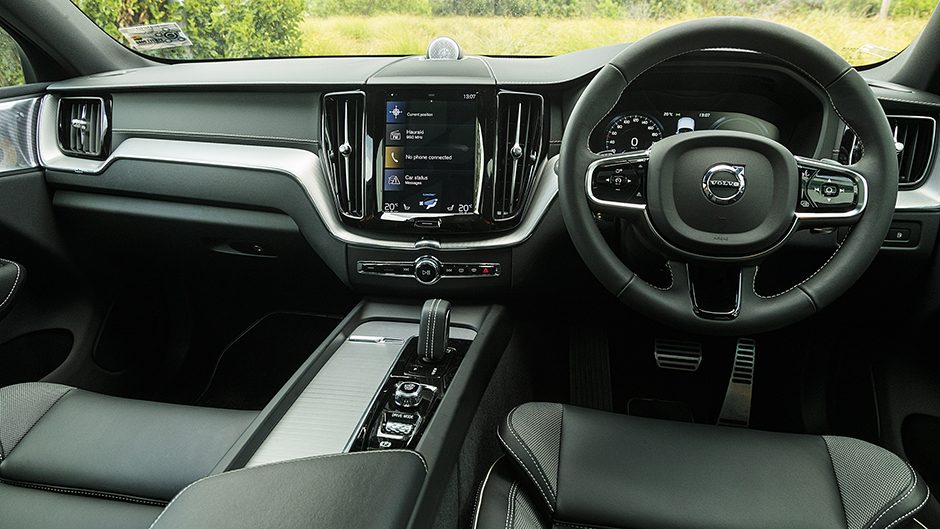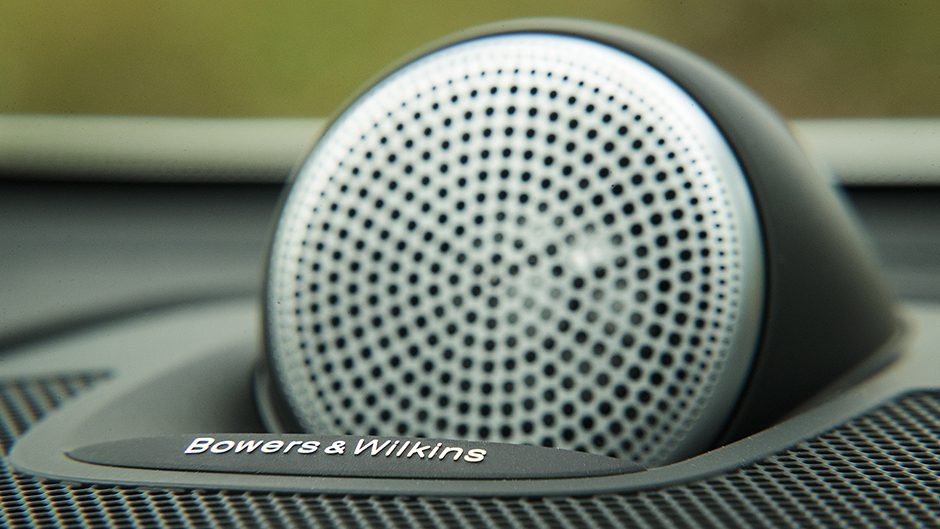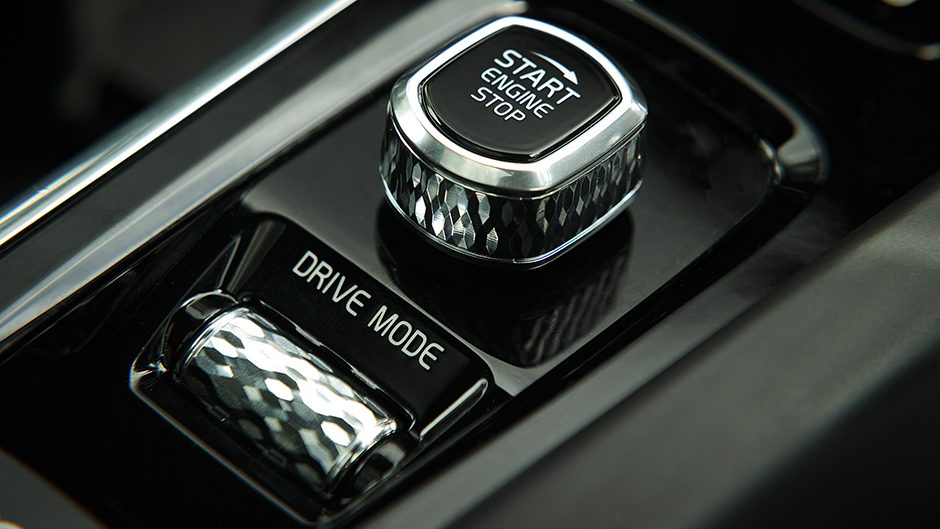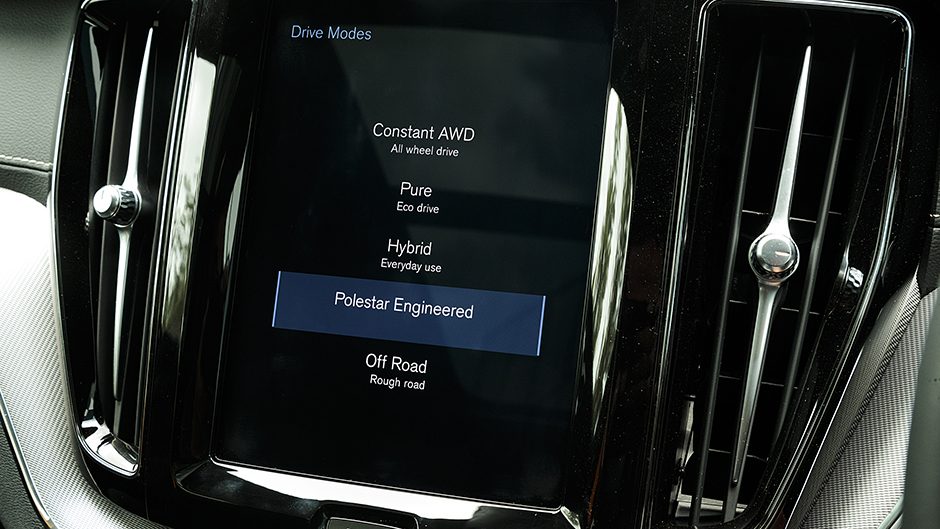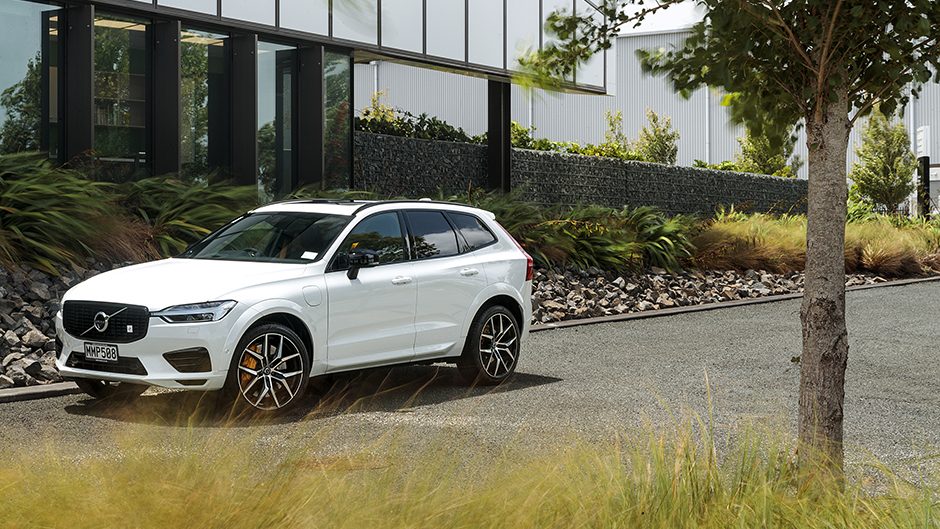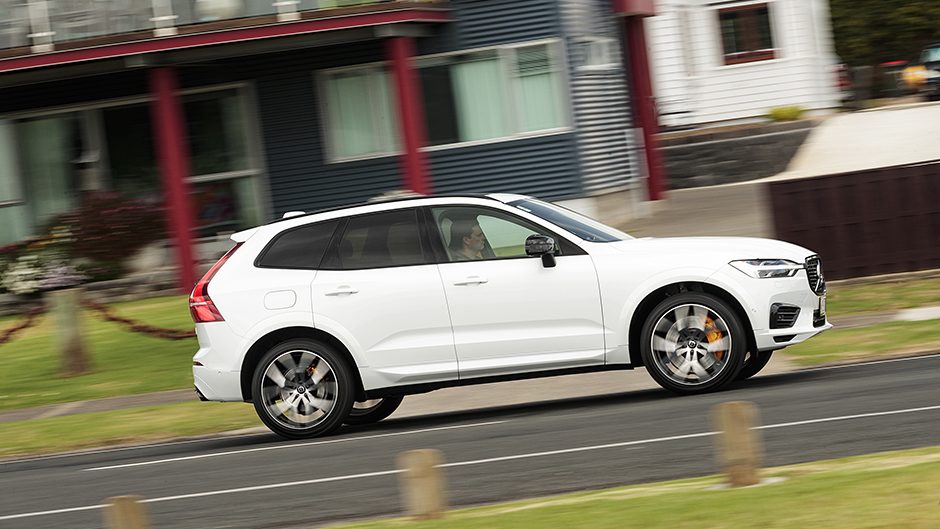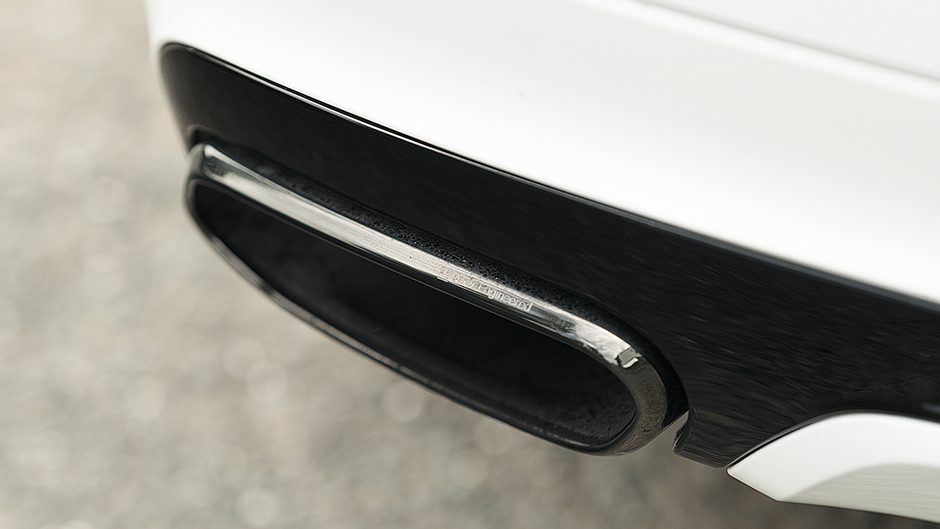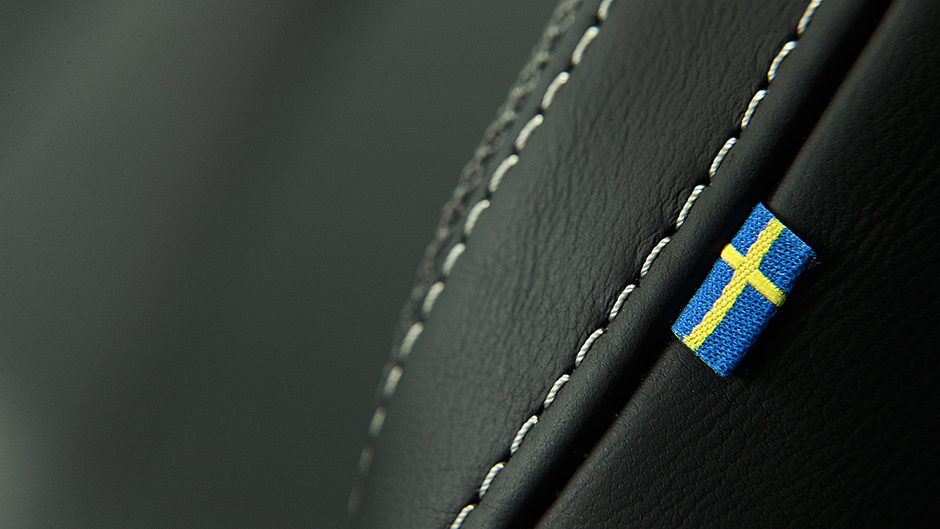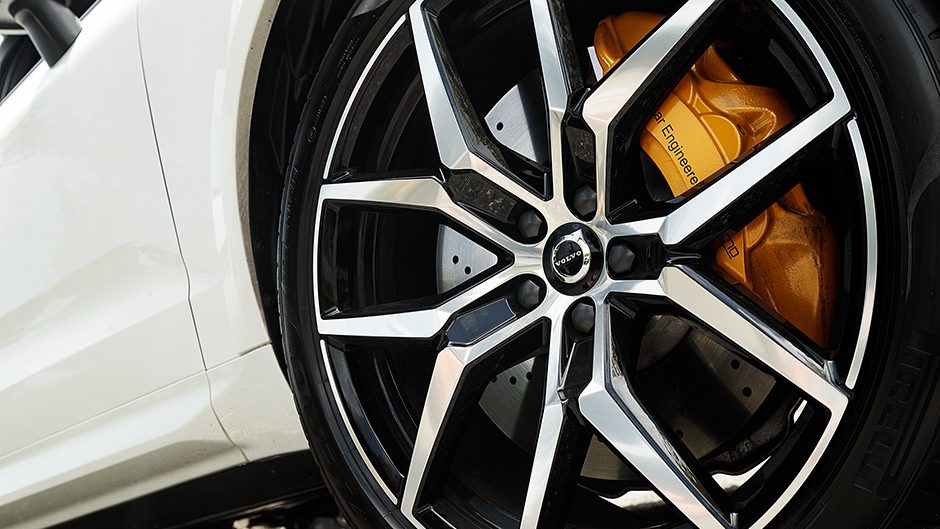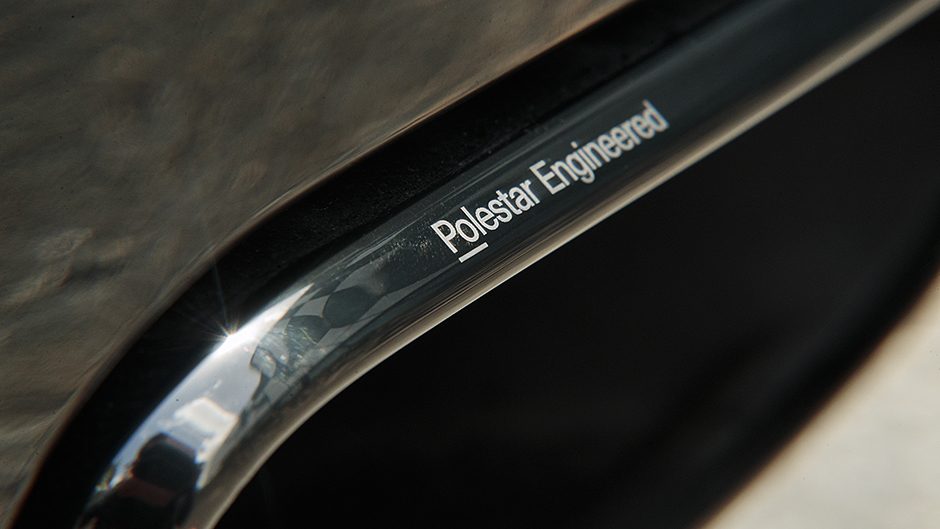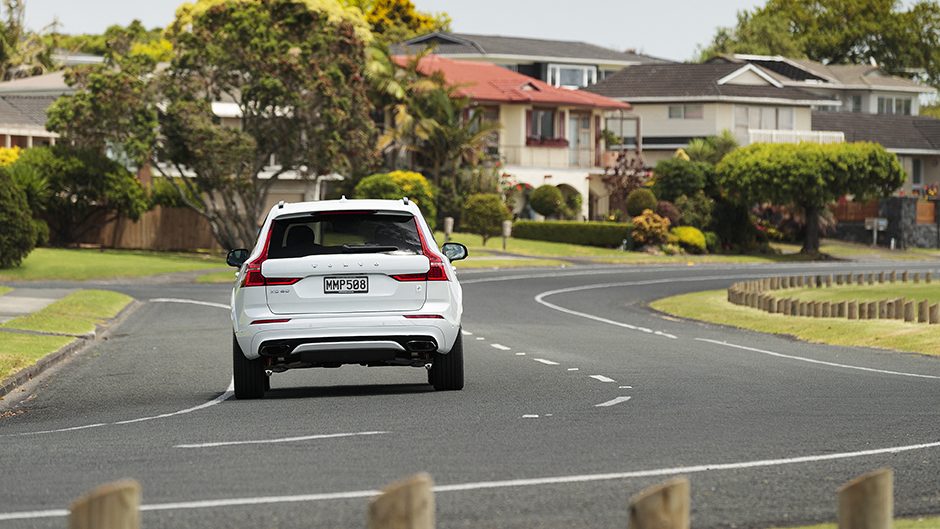2019 Volvo XC60 T8 Polestar Engineered review
Words Kyle Cassidy | Photos Tom Gasnier
That’s H.O. For handling option with polestar having added some flair to the top XC60, the plug-in hybrid T8. But is it the right model for such fettling?
Volvo’s top performers are its plug-in hybrids which deliver high outputs with low emissions. Well at least in terms of lab test results, which keep the officials in Europe happy. And it’s the way of the future, plug-in hybrids that is. For not much longer will manufacturers be able to offer hi-po petrol-burning performance without the help of electrics to balance the CO2 spewing forth from the tail pipes.
The T8 is the top version of the XC60, which now enters its Polestar Engineered phase. Once known for race car development, Polestar is now in charge of the charge as it were, concerned with everything electric. But with this one, they’ve gone back to their roots, fettling the dynamics with a suspension and brake swap. That sees it gain adjustable Ohlins dampers, better brakes and forged wheels.
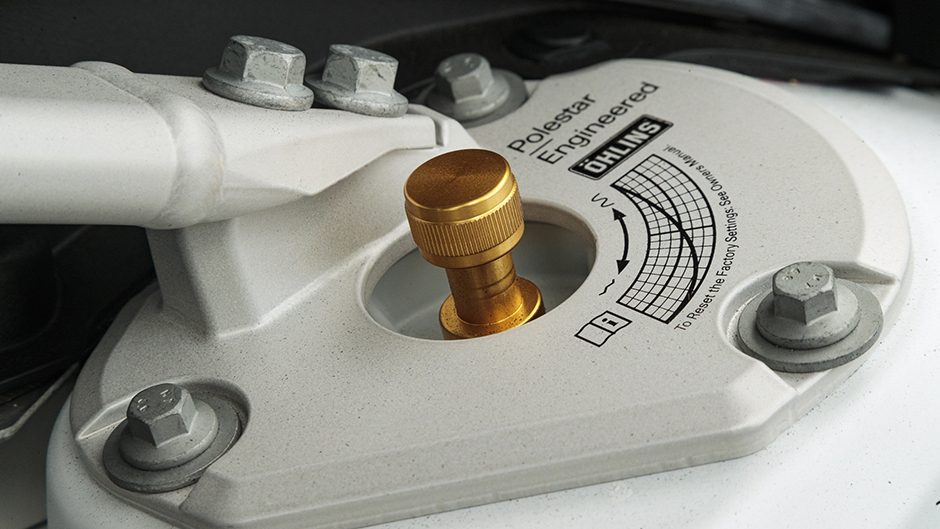
Lift the bonnet on this T8 and you’ll notice the beautifully engineered aluminium strut bar shoring up the front end. Then your eyes are taken by the shiny golden knobs atop the shock towers. These you can twirl to alter the stiffness of the damping, each with 22 positions. Winding the knob clockwise until it stops sees the dampers at position 0 for maximum stiffness, and then each click in an anticlockwise direction softens the shockers off. The knobs on the rears aren’t quite as accessible however, up under the wheel housing. These Ohlins items have been further fettled by Polestar to their exacting damping requirements, and feature something dubbed Dual Flow Valve technology, which they say allows them to respond, both in bump and rebound, more quickly to road imperfections. These are paired with Polestar-specific front and rear springs that also lower the ride height.
On the front axle, they’ve bolted up a set of 400mm rotors clamped upon by Akebono calipers. Rounding out the package is a set of 21-inch forged (for added strength and lightness) alloys.
The T8 powertrain uses the T6’s 2.0-litre four cylinder powering the front wheels through an eight-speed auto, with a 65kW/250Nm electric motor driving the rears to provide all-wheel drive. There’s a starter/generator motor attached to the engine too, which refires the ICE seamlessly, recharges the battery and supplies a small electric boost at low speeds. The 11.6kWh lithium-ion battery pack is housed in the transmission tunnel so there’s no loss of boot capacity. Hybrids are festooned with drive modes, and this one no different; Pure is the electric mode, there’s a constant AWD setting, Hybrid is the default, there’s Polestar Engineered for spirited driving and an Off Road setting you’ll likely never use.
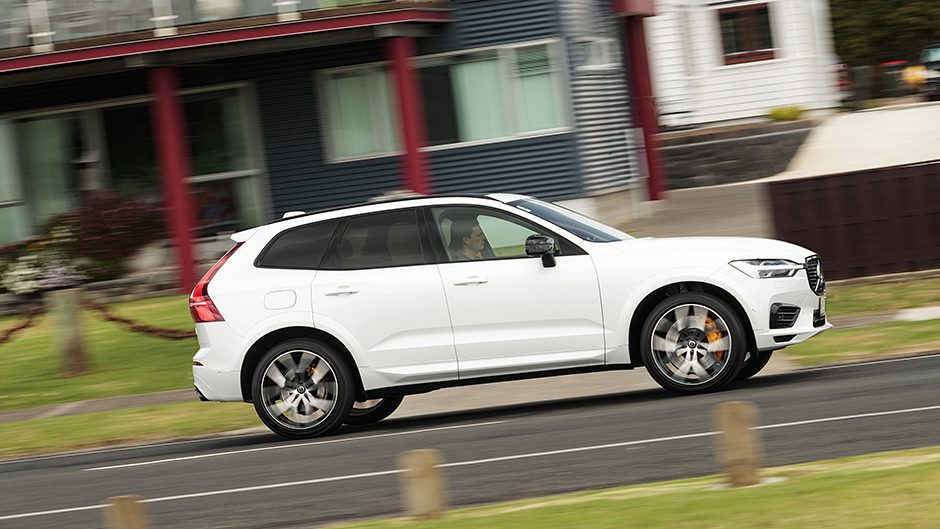
Volvo is claiming an electric range of 46km with recharge times varying between a few hours on a 16A wall box and up to eight on a 6A three-pin plug. We found the portable charger topped it off in around four hours, requiring about 9kWH of electricity. We managed 37km in the Pure mode around town. The overall fuel use claim is 2.2L/100km, but it all depends on how far you drive and how often you plug in. On another day, we covered 70km and it returned an indicated 5.5L/100km. We ended up with an average of 8.3 over 460km. But then we weren’t too disciplined with our plugging in and that’s the key here; juicing it every night, while plugging in again once you’re parked up at work would be ideal.
The Hybrid mode prioritises electric drive, the engine coming in when you ask for more power or generally when you squeeze the throttle past halfway. The electrics will get you up to motorway speeds but this is not as zoomy as a full BEV like the EQC for instance. There’s not the same neck snapping take off, and the response isn’t as sharp. That said, the electric torque helps fill in the lag of the engine, so this is quick off the mark, and feels genuinely stroppy around town. And even when you’re ‘out of battery’ there is always some electrical assistance on offer while the engine will shut down when coasting. If you’re pedantic about consumption, you can use the charge and hold buttons, the former doing just that, using the engine and starter/generator to charge the battery, while the hold function saves the battery for use later in your journey. Using the charge mode on the motorway seems like a good idea with the engine working at its most efficient, charging the battery to use in stop-start traffic where the EV mode is most effective. But whether you can really be bothered is another thing.
As we found last time we drove the T8, at times it genuinely does feel like you have 311kW and 670Nm at your disposal but once the electric motor has spun out as speeds rise, it’s largely up to the 2.0-litre to do the lugging. This is blown and charged so puts out a decent 246kW and 460Nm, but it’s also hauling the extra weight of the batteries and motor. As such the T8 weighs in at 2130kg whereas the T6 R Design is 1964kg.
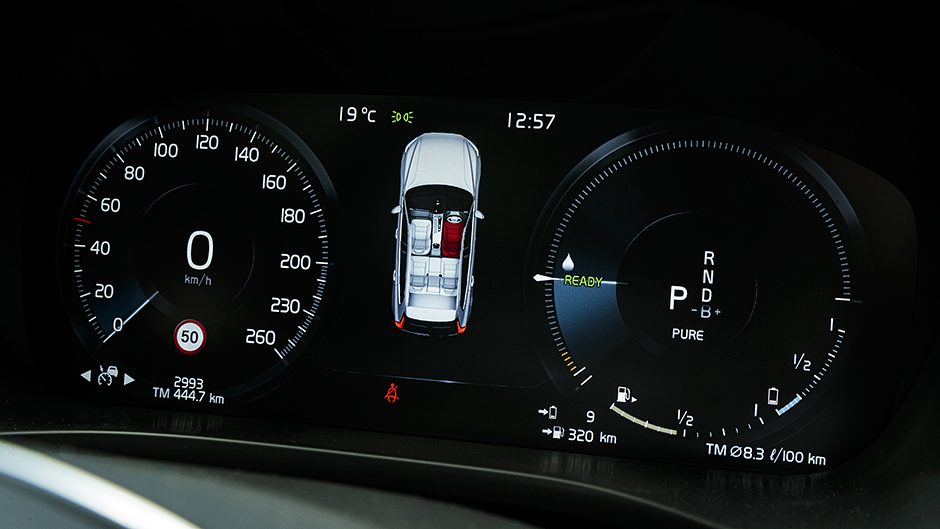
The T8 manages to hit 100km/h in a respectable 5.3sec, but a full BEV like the EQC blitzes it. Moving into Polestar mode, the engine does most of the heavy work, the electrics boosting off the bends effectively. The engine is an honest toiler, spinning away happily to 6000rpm but the auto, even in full attack mode, isn’t the snappiest shifter. And once the shove of the electrics diminishes, the T8’s weight starts to tell.
But anyway, how do those dampers go? Superbly actually. We started off in the ‘Comfort Position’, which is 15 (of 22), the big 21s being well controlled and the dampers dealing effectively to all manner of bumps. The steering felt more immediate than lesser XC60s too, though no less lifeless unfortunately. We stopped to crank the suspension into its ‘Performance Position’ (4 of 22) where the ride became a lot stiffer but not harsher. These dampers really do provide an oiled progress, while the steering was even sharper on the turns. Predictably, it went best in the ‘Engineered Setting’, a halfway point balancing control with compliance. That said, we thought this tended to understeer a little too readily for our liking. And while nice to have the suspension adjustment, nicer still would be the ability to do it all from the cabin rather than having to get out and invariably get your hands dirty. Back in the Comfort Position, the T8 has a plush round town ride for an SUV riding on 21s, and it’s generally quiet too.
This XC60 is loaded with no options to tick. Volvo’s Sensus infotainment system is still great to use, though the 360 degree camera device needs improving, the image far from seamless. Two things we believe to have improved since we last drive the T8 include a calming of the lane keeping system – it’s not so proactive now and the steering inputs aren’t as sharp – and the brakes are no longer snatchy at lower speeds.
The T8 is now only available in this Polestar flavour, which adds yet more to the cost, being $129,900, up from $117,900 when we drove it last. That now makes the premium a hefty $32,000 over the T6. Like last time, we’d likely choose the T6, which we can’t help thinking would be a better recipient of these Polestar bits in the first place.
| Model | Volvo XC60 T8 Polestar Engineered | Price | $129,900 |
| Engine | 1969cc, IL4, SC/DI, 246kW/430Nm | Drivetrain | 8-speed auto, e-AWD |
| Fuel Use | 2.2L/100km | C02 Output | 50g/km |
| 0-100km/h | 5.28 sec | Weight | 2132kg |


